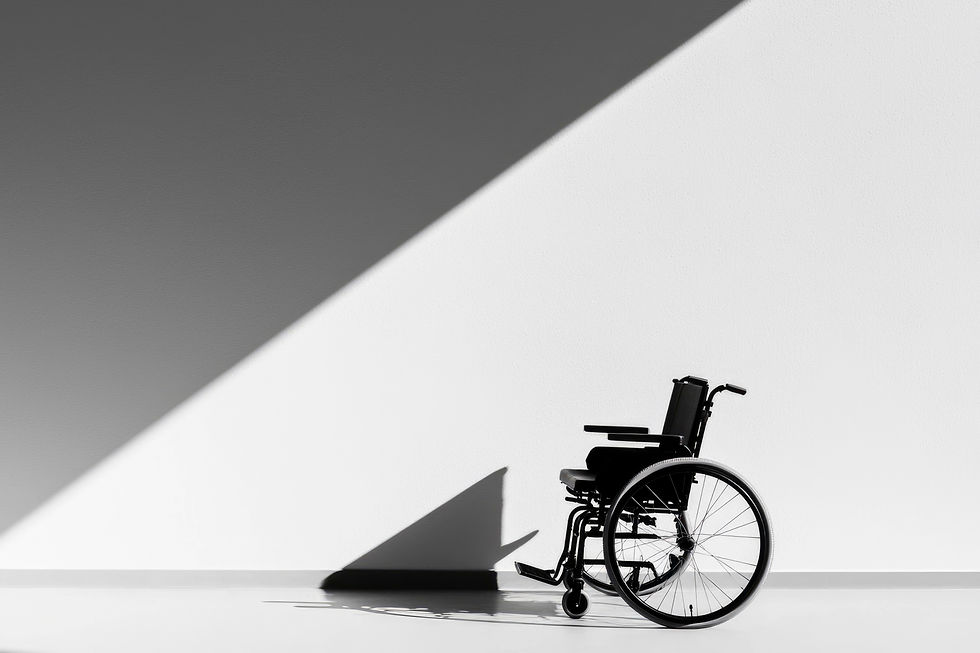Stalls For All
- Heather Broadbent
- Jul 15, 2020
- 2 min read
University of Melbourne Student Union' campaign to improve bathroom accessibility.

Photo by Heather Broadbent.
(From The Swanston Gazette print edition one, 2019)
The 'Stalls For All' report by the University of Melbourne Student Union found that less than one per cent of bathrooms at the university met recommendations for gender neutrality and accessibility.
The report released today kicks off the ‘Stalls for All’ campaign to improve bathroom access for sex and gender diverse students.
'Stalls for all' gathers research from multiple disciplines to “demonstrate the immense harm the prevalence of gendered bathrooms cause for trans, intersex and gender diverse people”.
“Gendered bathrooms structurally act to facilitate gender regulation, and dictate how trans and gender diverse students can express themselves on campus,” it said.
“The consequence of gender nonconformity is harassment, stigmatisation, and violence.”
Implementing all-gender bathrooms on campus was suggested as a viable solution to combat this.
But the report criticised Melbourne University’s approach of converting already existing disabled bathrooms into all-gender bathrooms, saying it “communicates the idea that being trans, intersex or gender diverse is some sort of disability”.
“Creating a separate bathroom that trans, intersex and gender diverse students can use consolidates their exclusion from public space,” the report said.
The report developed key criteria for the ideal all-gender bathroom, which would contain private stalls and an all-gender lobby with sinks and mirrors. Floor-to-ceiling stalls, wheelchair accessibility, and gender-neutral signage were also included in this criteria.
Additionally, it makes multiple recommendations which would mandate accessible, all-gender bathroom lobbies in every building, and a tough stance against bigotry and abuse in bathrooms.
While only 0.8 per cent of Melbourne University’s bathrooms met these criteria, 19.6 percent of bathrooms were considered gender-neutral when re-labeled disabled bathrooms were included.
That number also accounts for “office and research spaces, which have much lower foot traffic and are less likely to have gendered bathrooms”.
Melbourne University's Southbank Campus was much more advanced, with 19.7 percent of their bathrooms being all-gender lobbies.
The writer of the report, UMSU Queer Officer Andie Moore, said it was imperative that all-gender bathrooms be built for both staff and students.
“The fact that trans people cannot access bathrooms is symbolic of the way that they’re excluded from society,” they said.
“Multi-stall bathrooms are the best option for trans people to feel safe on campus and it’s the best way to do all-gender bathrooms.”
“[Melbourne] University needs to step out of its bureaucratic bubble and start thinking about ways they can actually put pride, diversity, and inclusion into practice.”
While the report focuses on Melbourne University, Andie Moore said it would provide a key framework for other universities to improve bathroom access.
In 2017, Rochelle Kirkham reported that RMIT University had built three all-gender bathroom lobbies, and re-labelled 50 single cubicle toilets.








Comments